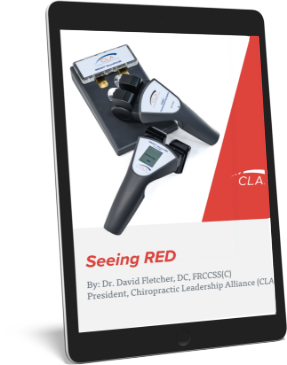By Dr. Christopher Kent
Recreational drugs, including cocaine and heroin, are responsible for an estimated 10,000 American deaths per year [1]. While this represents a serious public health problem, it is a “smokescreen” for America’s real drug problem.
America’s “war on drugs” is directed at the wrong enemy. It is obvious that interdiction, stiff mandatory sentences, and more vigorous enforcement of drug laws has failed. The reason is simple. Cause and effect have been reversed.
The desire to solve problems by taking drugs is a product of our culture. When a child is taught by loving parents that the appropriate response to pain or discomfort is taking a pill, it is obvious that such a child, when faced with the challenges of adolescence, will seek comfort by taking drugs.
Drugs are dangerous, pushed or prescribed. While approximately 10,000 per year die from the effects of illegal drugs, an article in the Journal of the American Medical Association (JAMA) reported that an estimated 106,000 hospitalized patients die each year from drugs which, by medical standards, are properly prescribed and properly administered. More than two million suffer serious side effects. [2]
An article in Newsweek [3] put this into perspective. Adverse drug reactions, from “properly” prescribed drugs, are the fourth leading cause of death in the United States. According to this article, only heart disease, cancer, and stroke kill more Americans than drugs prescribed by medical doctors.
Reactions to prescription drugs kill more than twice as many Americans as HIV/AIDS or suicide. Fewer die from accidents or diabetes than adverse drug reactions.
At this point, it is important to point out the limitations of this study. It did not include outpatients, cases of malpractice, or instances where the drugs were not taken as directed.
According to another AMA publication, drug related “problems” kill as many as 198,815 people, put 8.8 million in hospitals, and account for up to 28% of hospital admissions. [4] If these figures are accurate, only cancer and heart disease kill more patients than drugs.
Has the situation improved since the publication of this information? Hardly. Null [5] et al have published the most comprehensive and welldocumented study I have seen of deaths associated with medical practice. In this report, their research revealed some shocking facts. The findings are summarized in the abstract:
“A definitive review and close reading of medical peerreview journals, and government health statistics shows that American medicine frequently causes more harm than good. The number of people having inhospital, adverse drug reactions (ADR) to prescribed medicine is 2.2 million. Dr. Richard Besser, of the CDC, in 1995, said the number of unnecessary antibiotics prescribed annually for viral infections was 20 million. Dr. Besser, in 2003, now refers to tens of millions of unnecessary antibiotics. The number of unnecessary medical and surgical procedures performed annually is 7.5 million. The number of people exposed to unnecessary hospitalization annually is 8.9 million. The total number of iatrogenic deaths shown in the following table is 783,936. It is evident that the American medical system is the leading cause of death and injury in the United States. The 2001 heart disease annual death rate is 699,697; the annual cancer death rate, 553,251.”
The authors conclude: “When the number one killer in a society is the healthcare system, then, that system has no excuse except to address its own urgent shortcomings. It’s a failed system in need of immediate attention. What we have outlined in this paper are insupportable aspects of our contemporary medical system that need to be changed beginning at its very foundations.”
One proposed solution to the illegal drug problem was encouraging potential users to ignore peer pressure and “just say no.” Interestingly, this strategy is not being recommended for prescription drugs. Bruce Pomeranz, MD , one of the authors of the JAMA paper, said he is not warning people to stay away from drugs. “That would be a terrible message,” he said. Lucian Leape, MD, of the Harvard School of Public Health said, “When you realize how many drugs we use, maybe those numbers aren’t so bad after all.” [3]
Does that mean that the number of deaths due to illegal drugs, suicide, HIV/AIDS, diabetes, accidents, and drunk driving “aren’t so bad” either? Does it mean that we shouldn’t discourage drunk driving or unsafe sex?
The folly of such double standards should be obvious to all. It is time to address the real drug problem the cultural notion that the first solution to seek for relief of life’s problems is a drug. That’s the drug culture we need to address.
References
1. “Drug deaths.” Globe & Mail (Canada). February 27, 1998.
2. Lazarou J, Pomeranz BH, Corey PN: “Incidence of adverse drug reactions in hospitalized patients.” JAMA 1998;279:1200.
3. Kalb C: “When drugs do harm.” Newsweek. April 27, 1998. Page 61.
4. “Reaction.” American Medical News. January 15, 1996. Page 11.
5. 1. Null G, Dean C, Feldman, M, Rasio, D, Smith D: “Death by Medicine.” Life Extension. March, 2004. www.lef.org/magazine/mag2004/mar2004_awsi_death_01.htm




























































